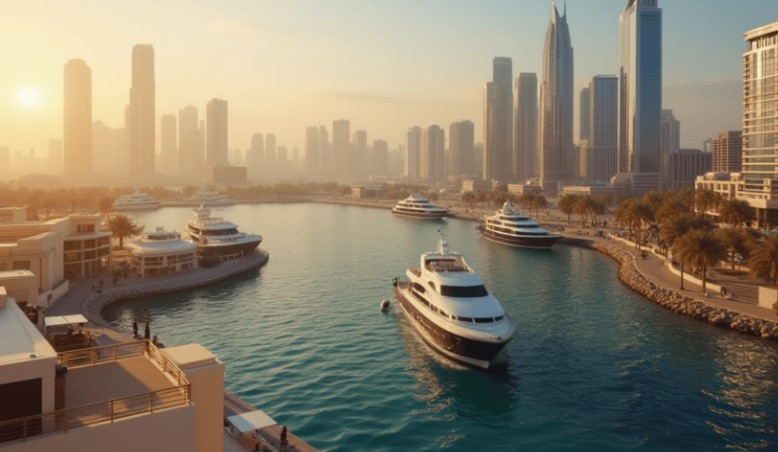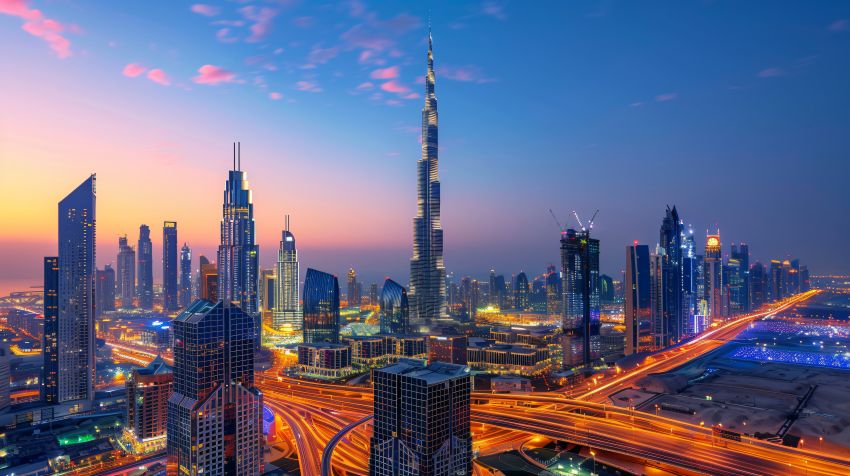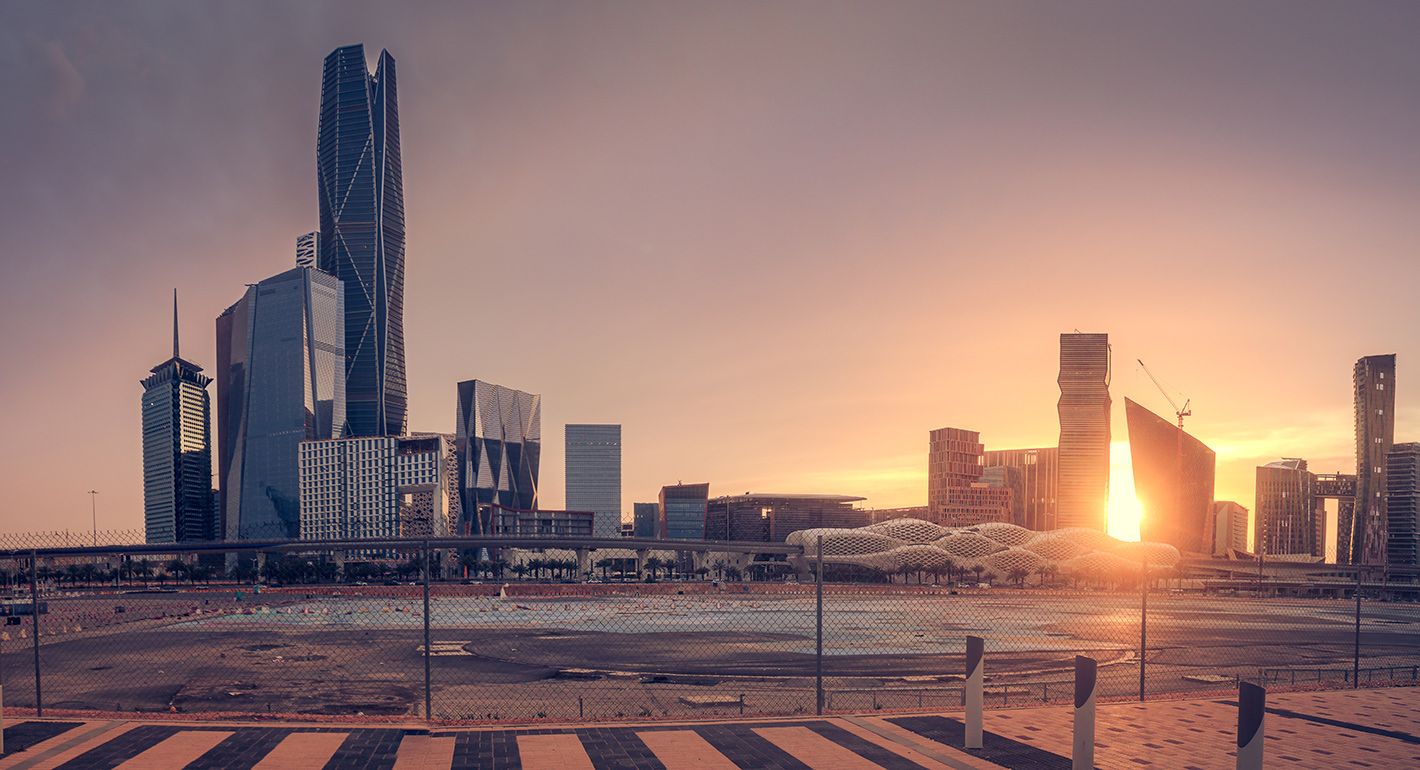Gulf Nations Lifestyle-Focused Cities are shaping up to be the next big thing in urban development across the Middle East. As part of a broader vision to diversify economies, enhance living standards, and embrace innovation, six brand-new lifestyle-focused cities are set to be launched across the Gulf by 2030. These cities will prioritize quality of life, sustainability, wellness, and smart infrastructure, and are already gaining attention from global investors, digital nomads, and urban planners.
This major initiative highlights the strategic vision of Gulf governments, particularly the United Arab Emirates (UAE), Saudi Arabia, Qatar, Kuwait, Bahrain, and Oman, who aim to create vibrant urban spaces beyond oil-based revenues. These cities are being designed to reflect a futuristic and health-conscious way of living, placing people and the planet at the heart of development.
Why Lifestyle-Focused Cities Matter in the Gulf
The Gulf Nations Lifestyle-Focused Cities plan is not just about building infrastructure—it’s about a radical transformation in how urban life is experienced. The cities aim to integrate smart technologies, eco-friendly design, green spaces, and wellness facilities. They’re crafted to reduce pollution, support mental health, promote physical activity, and enable social connectivity.
Lifestyle-focused urban planning is becoming the norm in developed nations, but the Gulf is taking it to the next level by planning entire cities with this focus from the ground up. These projects aim to attract international residents, investors, tech startups, and even tourists looking for healthier, more balanced lives.
Where Will These Cities Be Built?

Each of the six Gulf nations has outlined plans for at least one major lifestyle city by 2030. Here’s what we know so far:
- Saudi Arabia – NEOM’s Oxagon and Trojena
The Kingdom is already leading the way with NEOM, a $500 billion megacity. Within NEOM, Trojena (a mountain resort) and Oxagon (a floating industrial hub) will cater to different lifestyle needs such as wellness, adventure, tech-living, and green energy. - United Arab Emirates (UAE) – Dubai South Lifestyle District
UAE’s contribution focuses on expanding Dubai South, integrating green buildings, art zones, wellness parks, and AI-powered homes. It will cater to families, freelancers, and wellness-focused citizens. - Qatar – Lusail City Lifestyle Expansion
Lusail is already a futuristic city but is now expanding to include more lifestyle zones with waterfront wellness centers, organic farms, smart mobility zones, and digital shopping hubs. - Kuwait – South Saad Al Abdullah Smart City
Positioned as Kuwait’s first smart lifestyle city, this project will include digital governance, electric mobility, eco-parks, and inclusive public spaces that support mental and physical wellness. - Bahrain – East Hidd Lifestyle Island
Bahrain plans a mixed-use island city that blends beachside living with high-end wellness facilities, solar-powered communities, and walkable neighborhoods. - Oman – Duqm Lifestyle City
Oman’s port city of Duqm is being expanded to include a lifestyle-centric residential and cultural district, offering a peaceful, tech-enabled alternative to urban stress.
What Will Life Look Like in These Cities?
The Gulf Nations Lifestyle-Focused Cities will offer more than modern buildings—they aim to provide holistic living. Here are some expected features:
- Smart Homes & Cities: AI and IoT-based homes for efficient energy, security, and comfort.
- Eco-Conscious Living: Solar energy, waste recycling, vertical gardens, and plastic-free environments.
- Wellness Infrastructure: Public gyms, walking trails, organic food zones, wellness resorts, and meditation spaces.
- Tech and Business Hubs: Remote working support, co-working spaces, and tax benefits for startups.
- Multiculturalism: With a mix of residents from all over the world, these cities will encourage cultural exchange and diversity.
These futuristic cities are designed to reduce traffic, pollution, and stress. They will be people-first, rather than car-first, shifting the focus from industrial development to human happiness.
Economic and Social Benefits
By building these Gulf Nations Lifestyle-Focused Cities, the governments aim to:
- Attract Foreign Investments: With innovation, safety, and sustainability at their core, these cities are expected to lure international companies and investors.
- Create Job Opportunities: From construction to tourism to technology, each city will create thousands of jobs.
- Boost Tourism: Lifestyle-focused urban areas with unique themes will become global travel destinations.
- Improve Health Outcomes: Encouraging walking, fitness, and community interaction may reduce lifestyle-related diseases.
Moreover, these projects align with the United Nations’ Sustainable Development Goals (SDGs), offering the Gulf a chance to showcase leadership in responsible and inclusive urbanization.
Challenges Ahead

Despite the excitement, building lifestyle cities from scratch poses challenges:
- Climate Conditions: Extreme temperatures in some areas may complicate outdoor-focused lifestyle planning.
- High Cost: These futuristic developments require enormous budgets and long-term financial planning.
- Public Adaptation: Shifting populations from existing urban centers to new cities will require cultural and social adjustments.
However, with strong governance and strategic partnerships, these challenges can be overcome. Many of the Gulf countries have already demonstrated their capability with previous mega-projects and visionary planning.
Global Attention on the Gulf
The Gulf Nations Lifestyle-Focused Cities have already begun attracting international attention. Urban planners, architects, and sustainability experts from Europe, North America, and Asia are working closely with local developers to create world-class designs.
By 2030, the Gulf could emerge as a model for 21st-century urban development—proving that cities can be smart, sustainable, and centered on well-being.
Final Thoughts
The launch of these six Gulf Nations Lifestyle-Focused Cities marks a bold step toward a healthier, smarter, and more sustainable future in the Middle East. These cities promise to redefine how we live, work, and connect—placing lifestyle and happiness at the center of urban planning.
As the countdown to 2030 continues, all eyes are on the Gulf. With strong vision, advanced technology, and people-first designs, the future of urban living might just be born in the desert.
Also Read – Gulf Lifestyle:Experts Warn of Critical Mental Health Gaps in Norms (2024)



